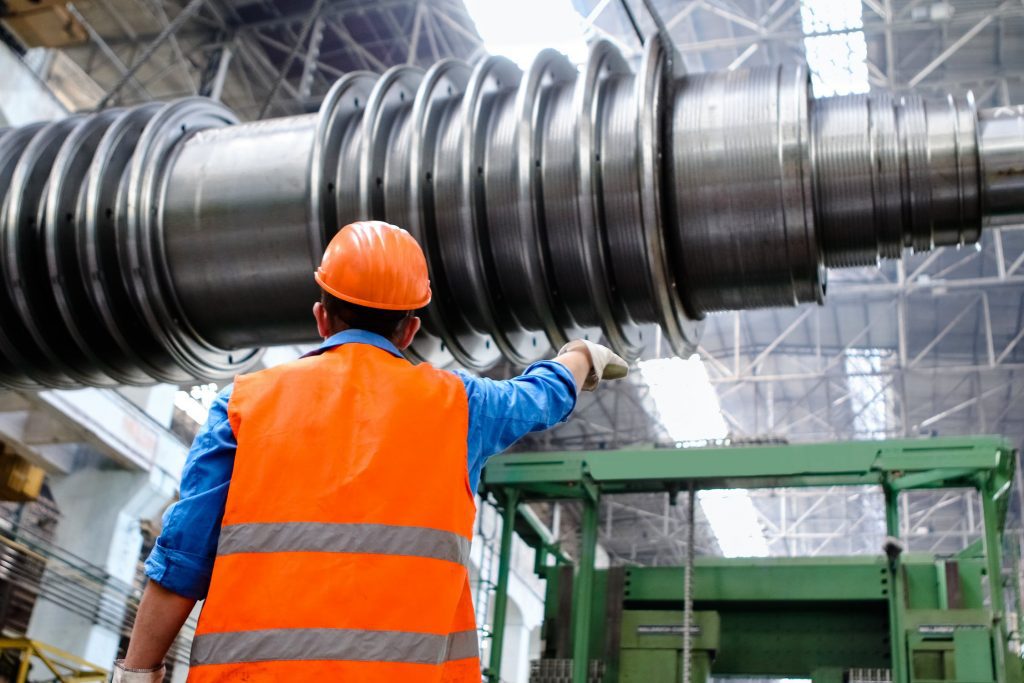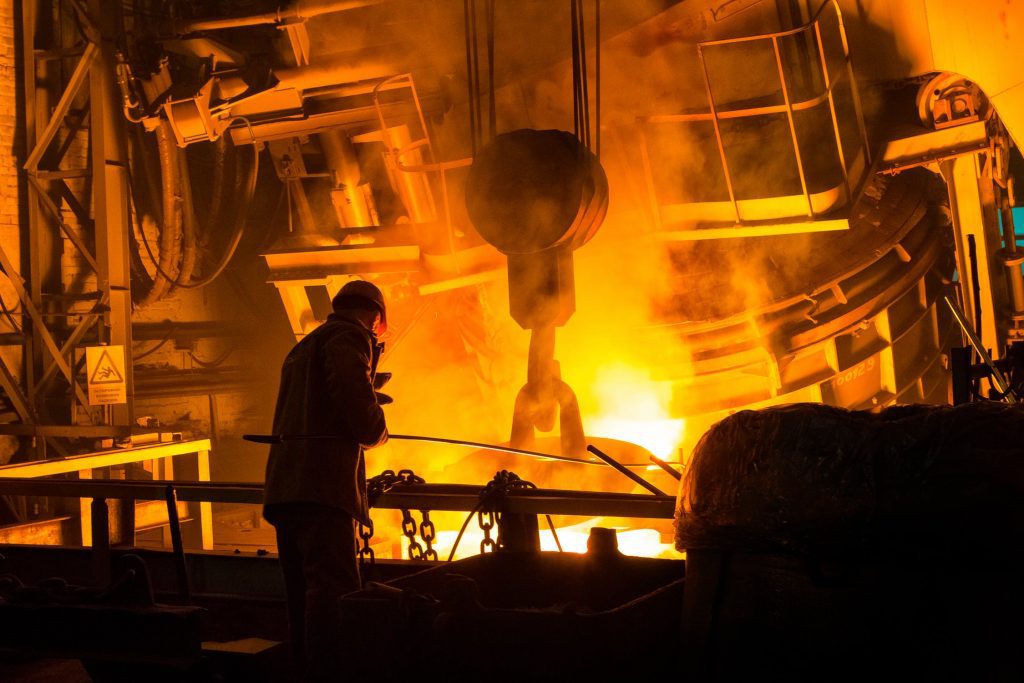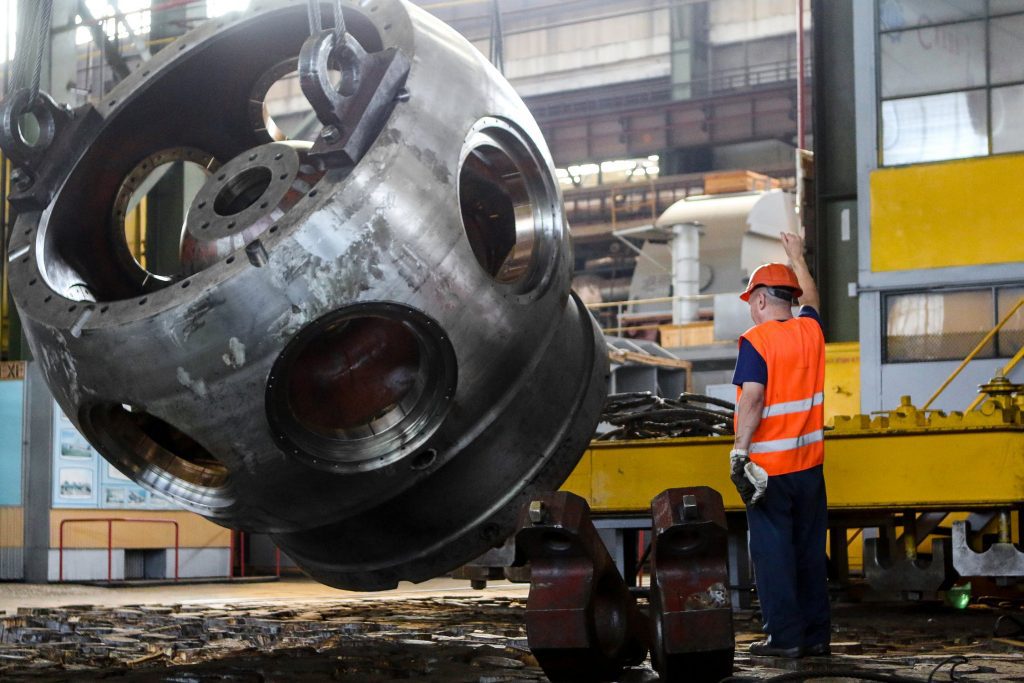 Photo by Kateryna Babaieva from Pexels
Photo by Kateryna Babaieva from Pexels
Why It’s Important
No matter what industry your business is in workplace safety should be a priority. However, it’s especially vital if you’re working within the manufacturing industry. Why? Well not only are you dealing with heavy machinery but maybe with hazardous materials that could cause horrific injuries if they are mishandled.
Every year there are thousands of fatalities due to workplace incidents. So to ensure that you keep your employees safe, you need to follow the appropriate steps. But where do you start? Whether you’ve just started a manufacturing company or you’re a long-established organization, here are some tips that you can use to make your manufacturing business safer:
Post Clear Safety Signage – Including Labels and Posters
Throughout your workplace, ensure that there are plenty of safety warning signs that will grab the attention of your staff. As well as this, if there are any restricted areas, make sure that these are highlighted along with any potential hazards.
This should be the responsibility of a safety manager – who will frequently check the workplace to ensure that these signs remain clear over time; and that any worn-out signs are replaced as soon as possible.
Carry Out Regular Maintenance Checks on Equipment and Machinery
This is one of the biggest preventative measures that you can take. Not only will it lessen the possibility of the machinery and equipment breaking over time, but it will also help to prevent any fires or other workplace incidents. Ensure that your staff are frequently testing the equipment and clearing the workplace so that it’s as safe as possible.

Photo by Kateryna Babaieva from Pexels
In addition to general maintenance, make sure that you have a designated place for tools and they are placed in this location at the end of each day. If there are any signs of the equipment or machinery defecting, encourage employees to report this immediately. You should also follow these two maintenance procedures:
- Replace any equipment or machinery when necessary: When a piece of machinery or equipment reaches the end of its lifespan, it’s time to take action and get a replacement. If you don’t do this, there is a possibility of something malfunctioning – which can potentially be a safety hazard for employees, whilst impacting efficiency at the same time. When finding replacements, consider if the technology used has advanced past what you previously had. For instance, if you had a manual mixer in a production line previously, you might find massive efficiency improvements from using this new air mixer instead of opting for older technology. If there is a chance that your current equipment can be repaired or repurposed, then this might also be worth doing depending on what the item in question is, as it can save money and reduce downtime.
- Make a note of any staff complaints: if your staff make any complaints about the machinery or equipment take note and listen. These complaints can be due to faulty machinery – something that’s putting your entire workplace at risk.
Consistently Monitor Your Workplace
This is another key factor in ensuring that your workplace is complying with safety regulations. To do this effectively, you could either:
- Restrict certain areas of the workplace with card-readers: so that only those who have clearance can access them.
- Add video surveillance: this will ensure that any incidents are spotted early and only authorized personnel are in restricted zones.
- Door badging: similarly to card-readers, a door badge will help you to monitor your workplace effectively.
When applying any of the above, you need to apply frequency to how often safety gear is inspected and when employees can access restricted areas. During this process, you’ll be able to monitor safety risks which would otherwise be overlooked.
Frequently Hold Manufacturing Safety Training

6 Policies Your Small Business Should Put in Writing Today
You need to make manufacturing safety training a top priority. To do this, start by identifying exactly what training you need, before looking into ways in which you can implement it within your workplace.
For example, think about whether all of your employees know exactly what safety gear they should be wearing. If you notice that they are frequently forgetting to put respirator masks/hard hats/earbuds, etc. in, then it’s time to arrange safety training for them.
As well as investing in this training, you should ensure that the workplace has a collection of manuals and handbooks describing appropriate manufacturing safety practices. However, not all employees will want to read these – so it’s worth investing in safety videos and in-person demonstrations too.
Make Sure That You Have The Details of An Emergency Response Company
If disaster strikes, you’ll need to call an emergency response company. For example, if your business is within chemical manufacturing, then there is a possibility that at one stage you could have an incident in which hazardous materials spill whilst being transported.
If this happens, you’ll need a hazmat response company on hand to assist you. Available 24/7, their team of professions will give you the support that you need to get the incident resolved asap.
Delegate Roles
As workplace safety is so important, it’s worth delegating roles to ensure that someone is in charge of monitoring health and safety.
As aforementioned, their responsibilities can consist of putting up and maintaining signs, as well as arranging workplace safety training and being the person that employees turn to when they have a complaint regarding safety practices.
Create Rewards For Employees

Photo by Kateryna Babaieva from Pexels
Another step that you could take to making the workplace safer, is to create rewards for employees when they are consistently following appropriate safety practices. This will not only encourage them to remain safe over time but for others to follow them.
Conduct Regular Emergency Drills
Do your employees know what to do when a fire or another incident within the workplace occurs? To test this, you can conduct emergency drills. Showing employees both new and old what they should do and what safety practices they should follow, it’s an essential step to take to make your manufacturing business safe both now and in the future.
Eliminate Any Fire Hazards
To make your manufacturing business safer you should always make sure that it complies with fire safety codes. You can do this by removing any items that are currently blocking walkways or doorways, store flammable materials away from any flames, etc. This will, along with fire safety training, will help to decrease the chance of any fire occurring within your workplace.




